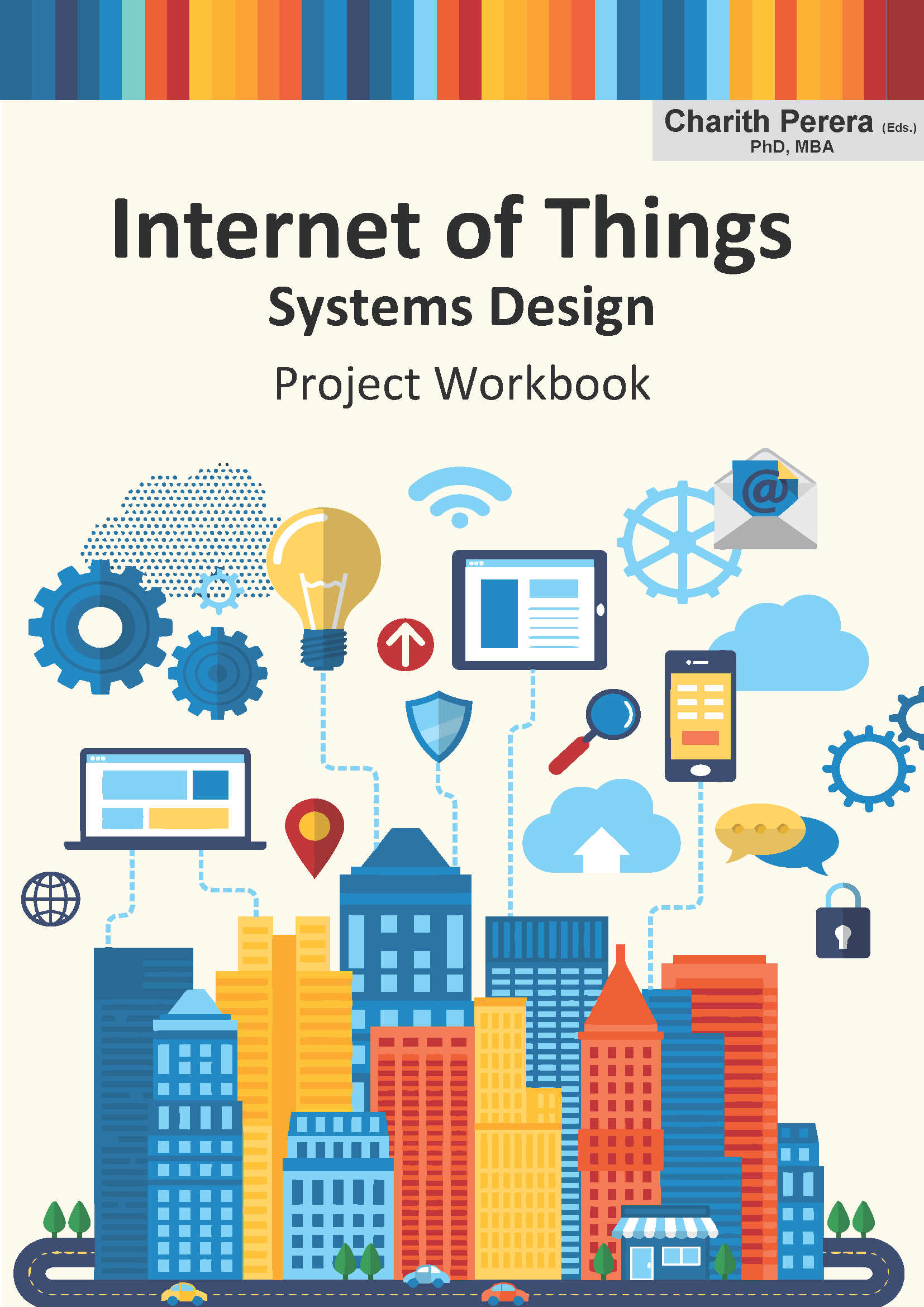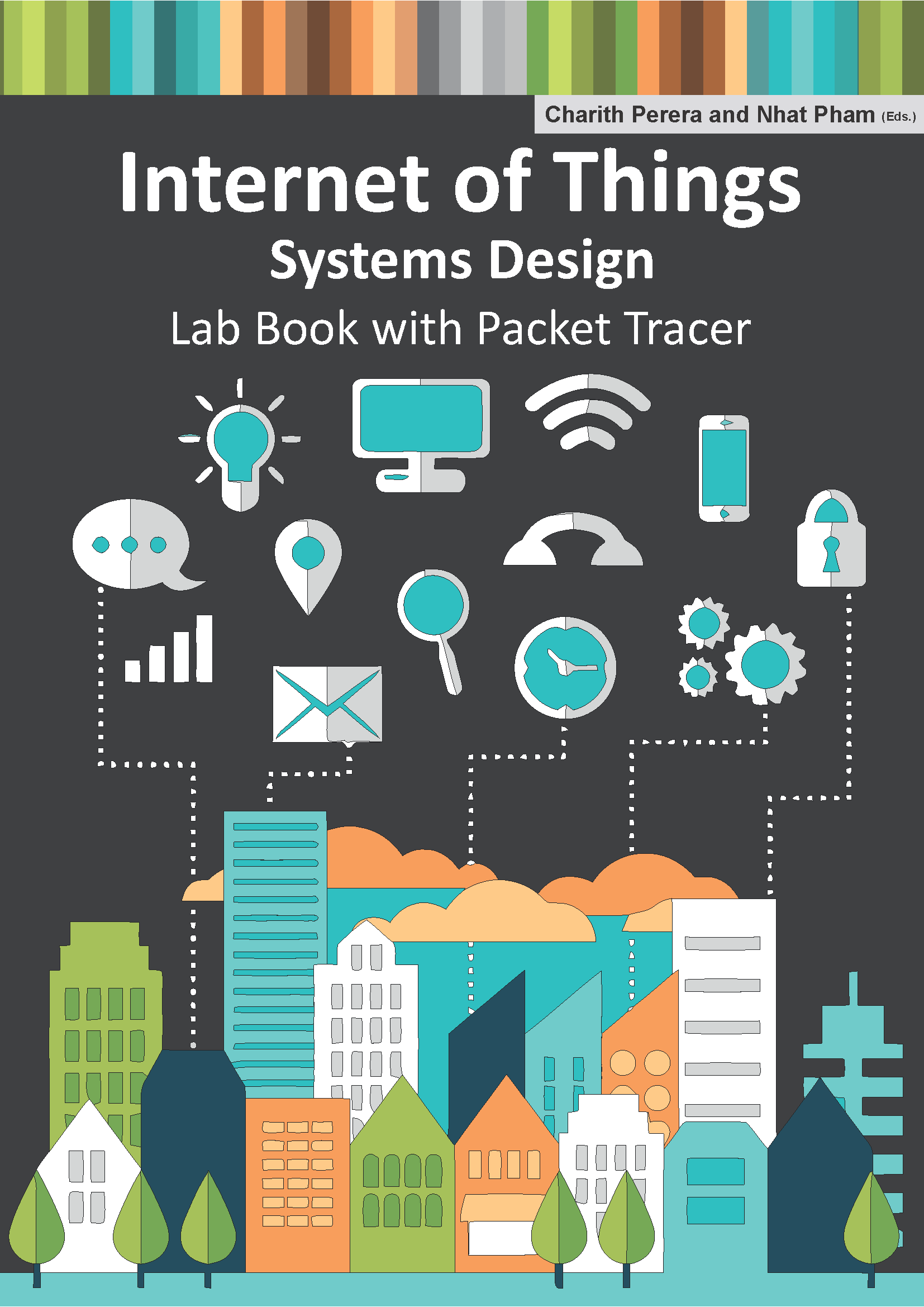Internet of Things (Core)
Design secure, human-centred connected products from first prototype through deployment.
- Hands-on studio sprints covering architecture, networking, sensing, UX, privacy, and security fundamentals.
- Team capstone delivering a full IoT prototype with cloud integration, dashboards, and user testing.
- Toolchain experience across ESP32, Node-RED, Azure IoT, and rapid prototyping workflows for deployment.
Module outline
CM2211 introduces the foundational principles behind connected systems, spanning communication networks, sensing, cloud integration, and security. Students explore how design decisions influence trade-offs across architecture, protocols, privacy, and human factors.
Workshops combine device programming with debugging, analytics, and human-centred evaluation. Teams deliver a full IoT solution that connects hardware, firmware, dashboards, and user experience, building confidence with rapid prototyping toolchains.
The syllabus is organised around eight themes: applications and use cases, architectures, sensing and actuation, networking and communications, data management and analytics, privacy and security, human factors and interactions, and design strategies with prototyping.




